ResMed Stellar 150 Invasive & Non-Invasive Ventilator
€ 7,500.00 SKU: 24161
ResMed Stellar™ 150 ventilator is the ultimate solution for invasive and non-invasive ventilation. Designed to suit both home and healthcare settings, the Stellar 150 also features an iVAPS™ (intelligent Volume-Assured Pressure Support) technology to adjust to the patient’s changing respiratory needs. Stellar 150 It is not a life support ventilator.
Engineered to deliver unparalleled versatility, the Stellar 150 is probably the most advanced noninvasive ventilator with invasive capabilities to this date. The device delivers an extended range of therapy modes, suitable for treating a wide range of adult and paediatric patient types with changing respiratory needs.
Resmed Stellar 150 is suitable for patients who require NIV during a hospital stay as well as for chronic patients at home with conditions, such as COPD, NMD and OHS. The Stellar 150 is a versatile system designed with the end-user in mind.
Contact us for a consultation:
Description
ResMed Stellar 150 Non-Invasive Ventilator
Stellar 150 delivers a wide range of therapy modes suitable for every ventilation requirement. The Stellar 150 assists spontaneous breathing by providing two pressures in response to the patient flow or a preset fixed time.
- Real-time data and waveforms: including pressure and flow curves, tidal volume, as well as SpO2 and FiO2 levels are viewable on a large colour LCD display;
- An auto-scaling function: automatically adjusts graphs to scale for easy assessment at a glance;
- A user-friendly menu: provides intuitive navigation to setup options for quick access and adjustment;
- A broad range of therapy modes: including S, T, S/T, PAC, CPAP and iVAPS;
- Pathology defaults: organised by disease category, common clinical defaults assist therapy initiation and setup;
- ResScan patient management software: offers high-resolution (25 Hz) flow and pressure data for download;
- IntelligentAir: iVAPS, iBR and AutoEPAP continuously monitor and automatically adjust to deliver personalised therapy to meet your patients’ changing ventilatory needs;
- Integrated oxygen: up to 30 L/min and high pressure delivery: up to 40 cm H2O at the mask;
- Extensive alarms: including FiO2 and SpO2 to provide added assurance for patient safety and care;
- Paediatric use: approved for use by children weighing down to as little as 13 kg;
- Humidification: heated humidification with H4i™ or HumiCare™ D900 to promote comfort;
- Dual programs: set and save up to two programs for day/night ventilation or rest/active periods;
- Personalised efficacy and comfort: various features allow you to easily fine-tune settings to suit your patients’ needs: Vsync and TiControl™: proven ResMed technologies for leak compensation and inspiratory management for excellence in NIV;
- Ramp and ramp down: gradually increases and decreases the pressure support delivered to help ease your patients into and out of therapy sessions;
- Trigger: trigger and cycle sensitivity levels can be fine-tuned according to your patient’s given condition. Rise and fall times: transition times between inspiratory and expiratory pressures can be adjusted to suit your patient’s inspiratory and expiratory needs;
- An internal battery: 2 hours of continuous power;
- External batteries: the power of one – or two – RPS II external batteries, each providing an extra 8 hours’ capacity;
- A DC-DC converter: plug in mobility for use anywhere with a DC outlet, including cars;
- Custom-built mobility bags: protecting the ventilator while out and about;
- A quality build and durable body: rigorously tested to withstand day-to-day use.
Optimal therapy to suit your patients
Stellar 150 also offers IntelligentAir, which is a collection of ResMed technologies for ensuring individually-responsive ventilation. At the core of the Stellar 150 is the intelligent Volume-Assured Pressure Support (iVAPS) mode which specifically targets the patient’s alveolar ventilation. In addition, the intelligent Backup Rate (iBR) provides backup breaths when needed, while the AutoEPAP maintains upper airway patency.
Ideal solution for fast-paced hospitals
Taking into consideration the busy hospital environment and typical workflows, Stellar’s intuitive menus simplify the setup process, while its real-time display makes monitoring quick and available at a glance.
Common setting parameters
- Inspiration assist thanks to Inspiratory positive airway pressure (IPAP, or the sum of PEEP and Pressure Support/PS) mode.
- Eliminates exhaled air through the exhaust vent, thanks to the lower expiratory positive airway pressure (EPAP or PEEP). This pressure also provides a stent to maintain an open upper airway, improves small airway recruitment and therefore oxygenation and may improve triggering in some patients with intrinsic PEEP.
- The difference of the two pressures—Pressure Support/PS—contributes to improved patient ventilation.
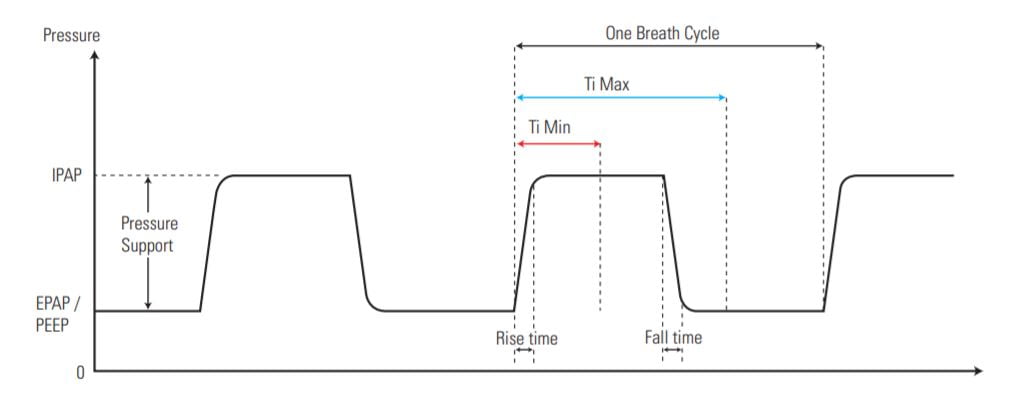
Modes
• CPAP mode—a fixed pressure is delivered.
• S (Spontaneous) mode—the device senses the patient breath and triggers IPAP in response to an increase in flow, and cycles into EPAP at the end of inspiration. The breath rate and the respiratory pattern will be determined by the patient.
• ST (Spontaneous/Timed) or PS (Pressure Support) mode—the device augments any breath initiated by the patient, but will also supply additional breaths should the patient breath rate fall below the clinician’s set ’backup’ breath rate.
• T (Timed) mode—the fixed breath rate and the fixed inspiration time set by the clinician are supplied regardless of patient effort.
• PAC (Pressure Assist Control)—the inspiration time is preset in the PAC mode. There is no spontaneous/flow cycling. The inspiration can be triggered by the patient when respiratory rate is above a preset value, or time triggered breaths will be delivered at the backup breath rate.
• iVAPS (intelligent Volume Assured Pressure Support)—designed to maintain a preset target alveolar ventilation by monitoring delivered ventilation, adjusting the pressure support and providing an intelligent backup breath automatically. The iVAPS therapy mode is indicated for patients 66 lb (30 kg) and above.
More about the iVAPS mode
- The iVAPS therapy mode is indicated for patients 66 lb (30 kg) and above.
- You may prefer some assurance that the patient’s ventilatory needs will be maintained if their condition varies.
- A variety of ‘dual mode’ schemes exist, that aim to combine the benefits of pressure target and volume target, most of which can be categorized generically as volume assured pressure support, or VAPS modes.
- With VAPS devices in general, the ventilatory assistance (pressure support) aims to automatically adjust to changes in patient condition over time, typically to maintain a target tidal volume.
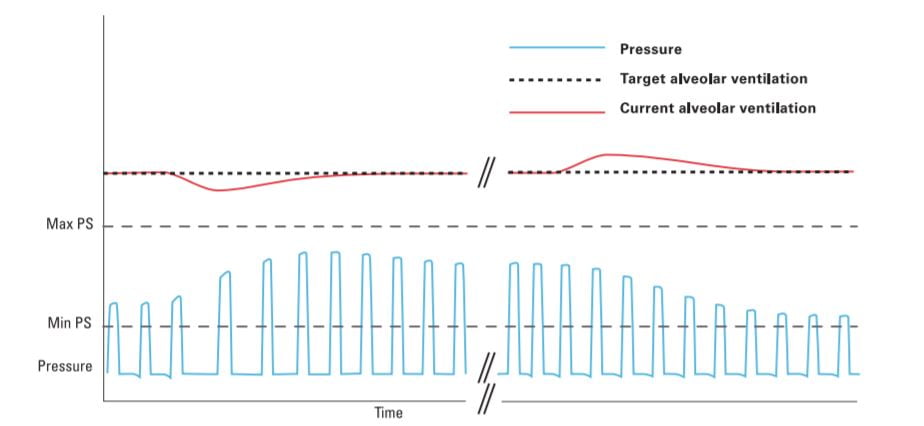
iVAPS offers the comfort and synchrony of pressure support, but with the assurance offered by a volume target. iVAPS has the following advantages over traditional VAPS schemes:
• iVAPS is a unique combination for a servo-controlled ventilator, in that iVAPS has the goal of regulating alveolar ventilation to a prescribed target, and iVAPS has a rapid but gentle servocontrol response. iVAPS is tuned to be fast enough to avoid blood-gas derangement associated with most breathing challenges, including during sleep, but is gentle enough to avoid disruption.
• iVAPS has an intelligent Backup Rate (iBR) which aims to keep ‘out of the way’ while the patient is breathing, yet during sustained apnea will mimic the patient’s own breath rate. This contributes to iVAPS’ ability to maintain its ventilation target and so stabilize blood gases even during sleep.
• iVAPS has ResMed’s robust leak compensation feature (Vsync), a product of ResMed’s long experience in noninvasive ventilation. This promotes synchrony and comfort even during significant leak.
Pressure support is adjusted continuously during the inspiration phase breath to breath, aiming to maintain target alveolar ventilation. If ventilation falls, pressure support is increased until the target is reached. Conversely, if alveolar ventilation rises above target, pressure support falls. The range of pressure support adjustment is constrained within Min PS and Max PS. The rate of increase in pressure support can reach up to 0.7 cm H2O/sec. The breath to breath changes in pressure support depend on the breath rate and how far the patient is from the target alveolar ventilation. Typically the change in pressure support does not exceed 3 cm H2O per breath.
iVAPS provides benefits across a range of situations. For example, it can benefit patients with a progressive lung condition, because the ventilation target can be maintained despite degradation of lung mechanics or muscle function. Similarly, iVAPS offers advantage in nocturnal hypoventilation. iVAPS, by providing pressure support when required, is more comfortable and better tolerated.
Some key concepts important to clinical understanding of iVAPS operation are discussed below, ahead of guidance on the iVAPS setup procedure on Stellar 150.
Target alveolar ventilation
iVAPS targets alveolar ventilation. Alveolar ventilation was chosen because it is at the level of the alveoli that gas exchange occurs. Total ventilation includes the ventilation devoted to the conducting airways, whereas alveolar ventilation best represents the useful portion of ventilation that reaches the alveoli.
Alveolar ventilation cannot be measured directly, so iVAPS estimates it using a height approximated value of anatomical deadspace as shown in the graph below. Anatomic deadspace is the amount of breath that remains in the conducting airways, which does not reach alveoli and does not contribute to gas exchange. Its contribution is proportional to breath rate. By using alveolar ventilation as a servo-ventilation target, as opposed to tidal volume or total ventilation, the effect of respiratory rate change on effective ventilation is negated.
Target Patient Rate
iVAPS has a novel approach to providing a backup rate. Instead of mandating a fixed backup rate, iVAPS’ intelligent Backup Rate (iBR) will shift automatically between two limits, according to the context. The benefit of this approach is improved synchrony, while maximizing iVAPS’ ability to maintain the target ventilation, at minimal pressure support.
• During sustained apnea, the iBR will adopt a pre-configured Target Patient Rate. This Target Patient Rate defines the upper boundary for iBR. You set the Target Patient Rate to match
the patient’s average spontaneous rate (unlike a traditional backup rate).
• During spontaneous ventilation, the iBR adjusts to remain well in the background, at 2/3rd of the Target Patient Rate. This ‘background’ backup rate gives the patient maximum
opportunity to spontaneously trigger.
• When spontaneous triggering ceases (eg, at the onset of an apnea), the iBR adjusts from its background frequency to its Target Patient Rate. It will adjust quickest typically (within 4-5
breaths) when ventilation is below the target ventilation.
• A single spontaneous triggered breath resets the iBR to its background rate (2/3rds of Target Patient Rate).
Min/Max PS
- The default settings for maximum and minimum pressure support are normally adequate, but you may wish to alter them in some patients.
- Min PS and Max PS define the range of pressure support adjustment available to the iVAPS algorithm as it regulates alveolar ventilation.
- It is recommended that Max PS be set high enough to allow the alveolar ventilation target to be met, while exercising clinical judgement over considerations such as patient comfort and
- tolerance, lung mechanics, age, mask seal, etc. It is recommended that Min PS is left at the level set when learning the patient’s ventilation target unless the patient finds this too little for comfort.
- Looking for a particular type of humidifier but can’t find it in our store? Don’t hesitate.to ask our assistants. They will help you choose the most suitable humidifier for your specific needs. We offer all types of humidifiers by leading worldwide brands, such as ResMed, RESmart, BMC, DeVilbiss and more.
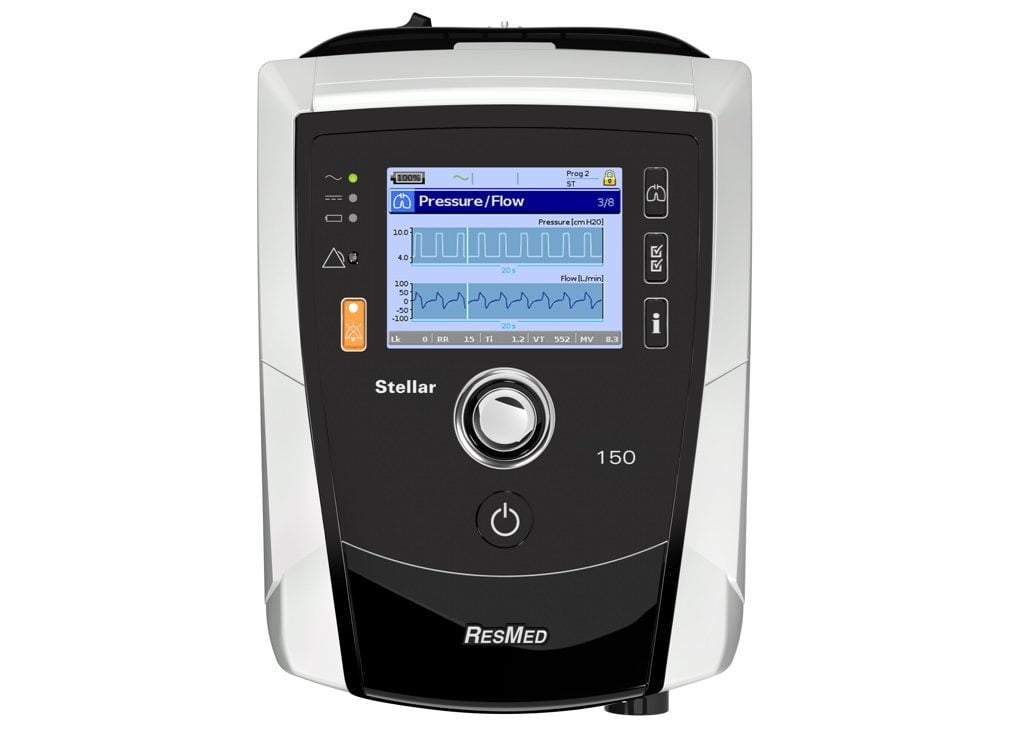
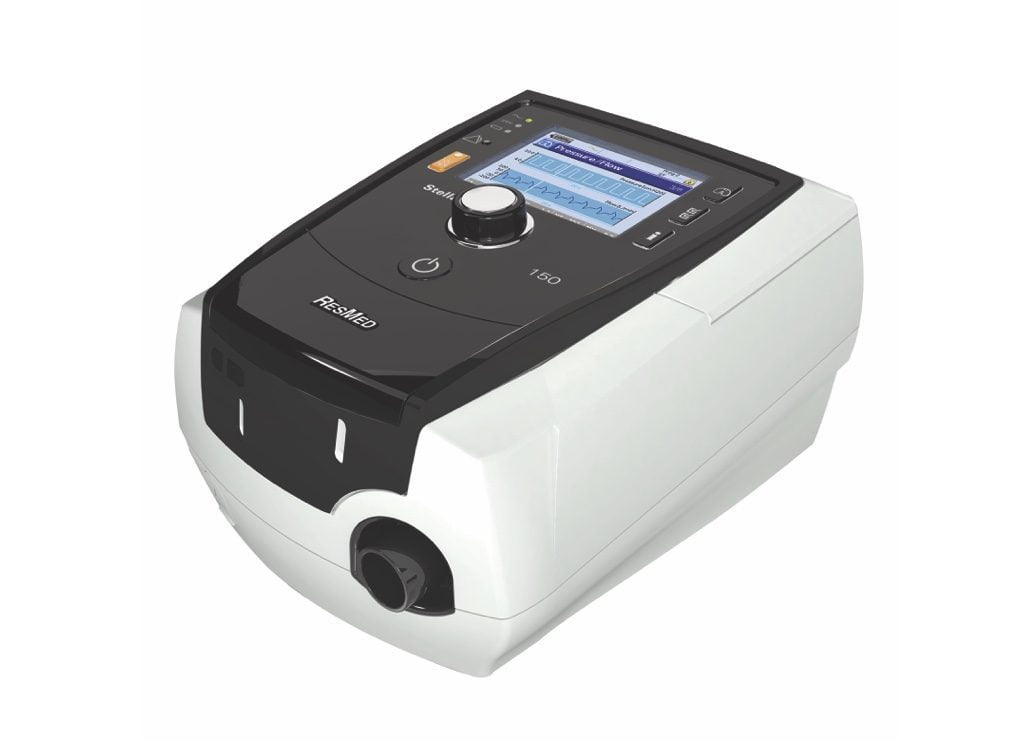
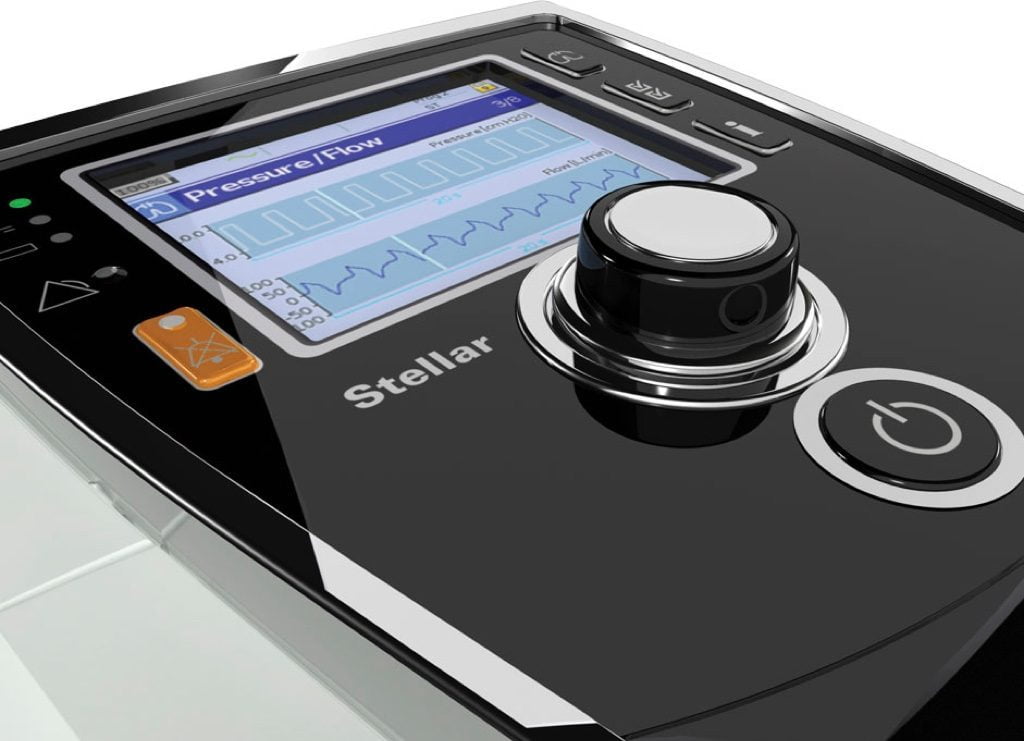
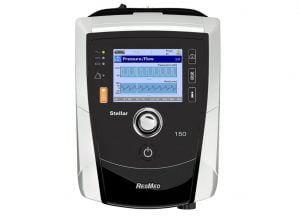
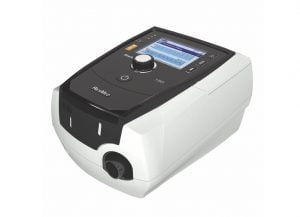
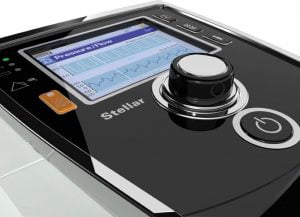
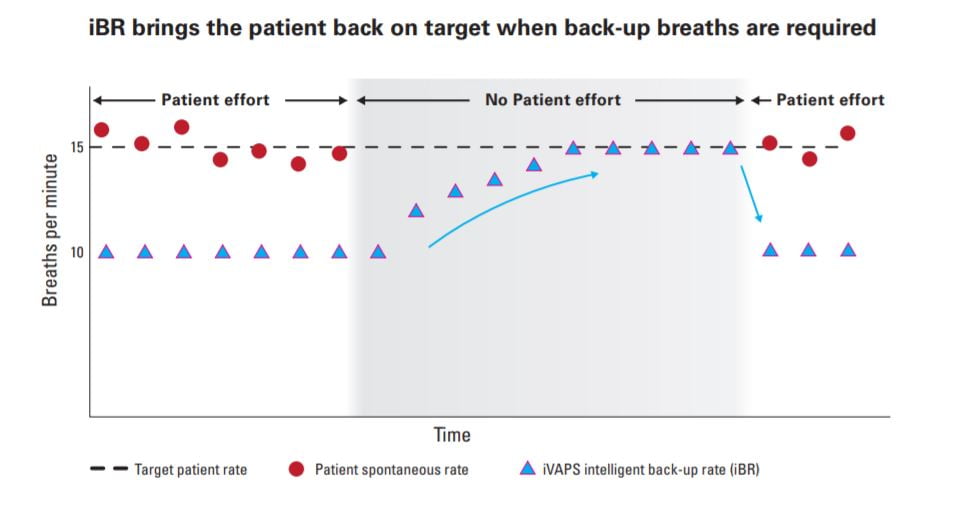

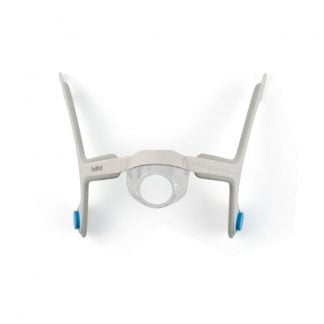
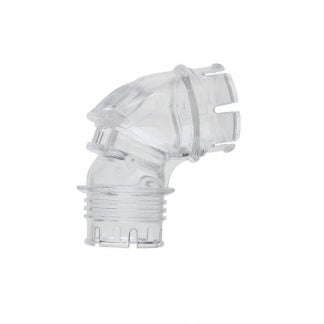
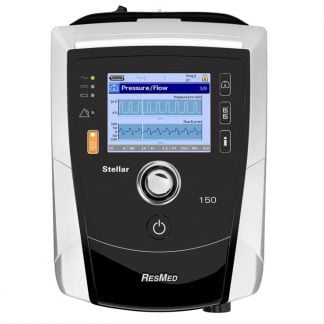
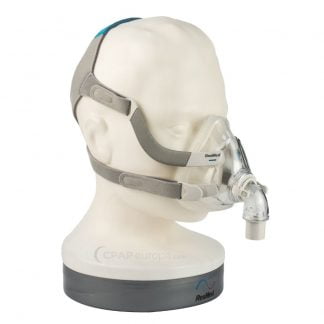
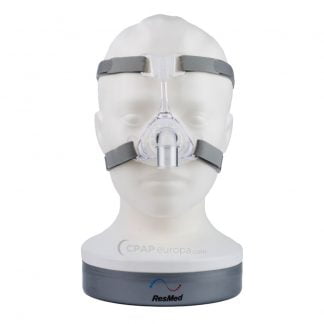
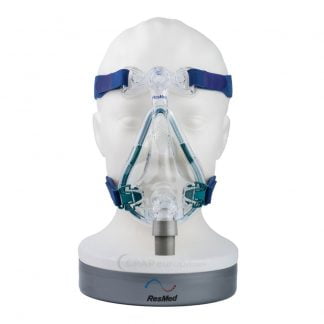
Reviews
There are no reviews yet.